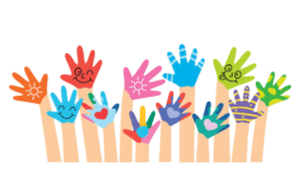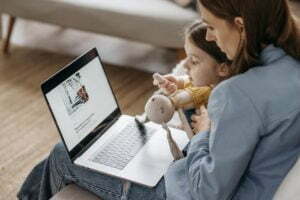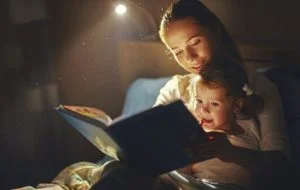It’s fair for parents to protect their Child from life’s harsh realities, such as “Climate Change.” Many people are hearing about or experiencing natural catastrophes caused by climate change, such as wildfire, severe storms. drought, floods etc..
Climate change affects all living things, but children are highly prone. Because they are still growing and have greater exposure to air, food, and water, children are especially vulnerable to environmental health threats.
However, discussing “Climate Change” with your children freely and honestly may help them better grasp this phenomenon.
Parents can assist them in becoming more adaptable and finding meaning in the face of climate change. Parents can become the information source they trust most.
Introducing the Concepts to Young Children (age 1-5)
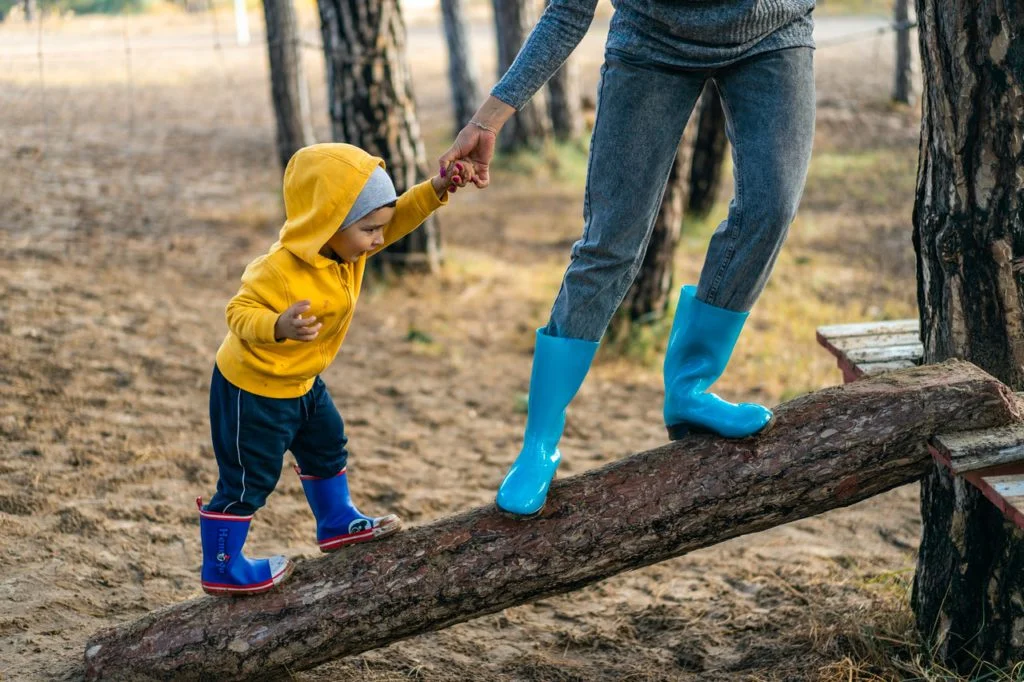
Toddlers are just beginning to grasp their role in the world. It’s an excellent chance to introduce youngsters to the beauties of nature. Here are a few ideas:
Go for Walk.Take hikes in a nearby park, rainforest, or wildlife center to demonstrate how weather impacts the natural world. Discuss how the weather affects the seasons. You may, for example, point out bird nests and discuss how the weather affects when and where birds build their nests. Discuss various wild species and how they all have habitats that need to be conserved.
Gardening. Select fruit, vegetable, and flower seeds for your garden. Small children may assist with plant maintenance and enjoy watching something develop from nothing. Discuss with them how plants and animals, needs oxygen to breathe. Pollutants in the air also have an impact on their health
Explore your local area. Depending on where you are, point out the regional implications of climate change. Wildfires, Storms, and floods may be more common in certain locations, while others may face longer and more severe heatwaves, as well as an increase in sickness from mosquitoes and other insects.
School-age children (ages 6 to 12)
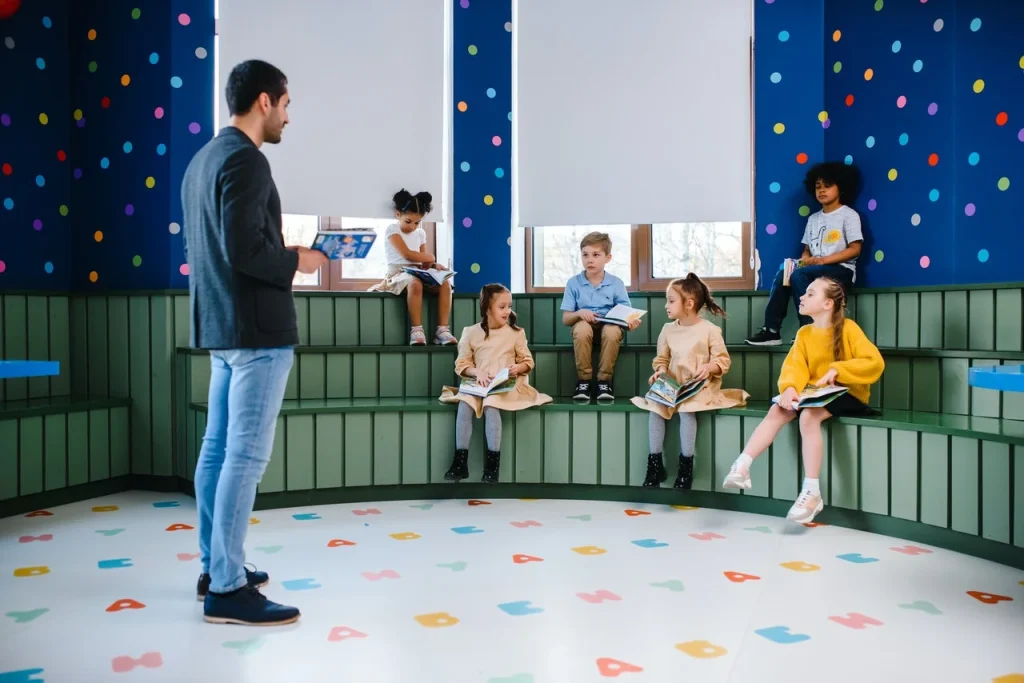
With Chlidren of 6 to 12 age you should begin teaching climate change subjects in basic scientific terminology. Inquire about their knowledge and fill up the gaps, or do a joint research. NASA provides online resources to help parents understanding all elements of climate change.
Connect the Dots
Discuss how human choices affect the environment and how to treat nature with respect. Calculate your family’s carbon emissions and get advice on how to minimize them. Following are a few examples:
- When you leave a room, turn off all unnecessay electical appliances.
- When possible, try bicycling or walking,
- Go for public transportation, or carpooling.
- Consume a more plant-based diet.
Explain how people, particularly children, can be great agents in environmental protection. Make the point that the decisions we make can assist our earth and people live better lives.
Adolescents (Age 13-18)
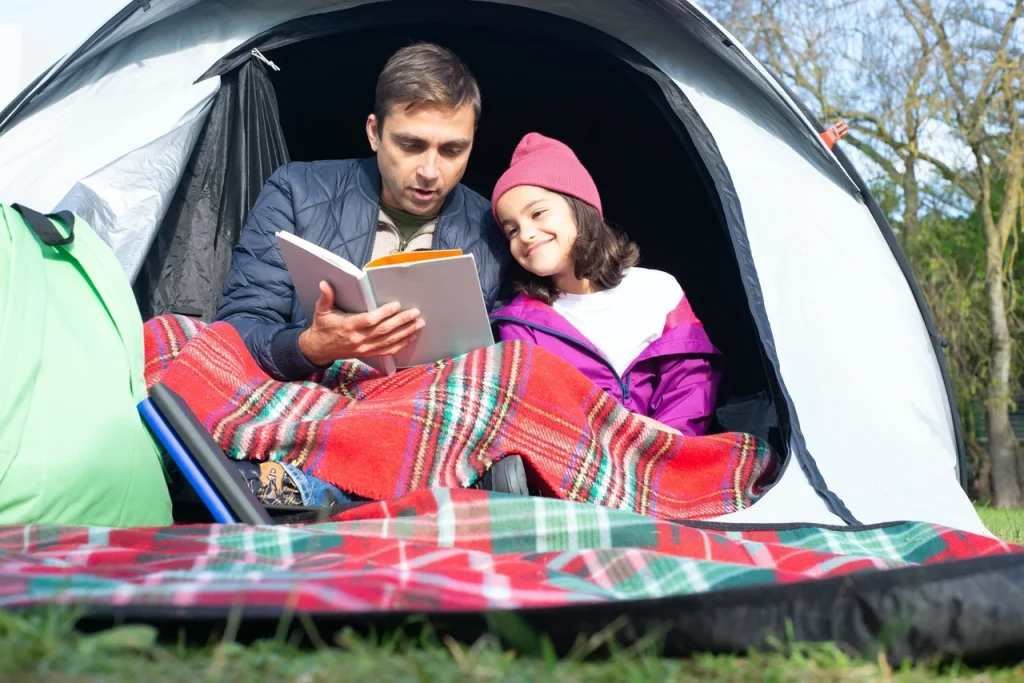
Teens are more aware of the potential effects of “Climate Change” on their lives in general. In addition, the effects of environmental change on our economy and society are discussed. This may pique people’s interest in science while also introducing the concept of civic duty.
Consider Recent Occurrences.
Choose a recent climatic incident and analyze how climate change may have influenced it and its economic consequences. Consider the following scenario
- Discuss how wildfires are being fueled by climate change and damaging homes and businesses..
- Discuss how Climate Change can also contributes to air pollution, forcing people to stay inside. Consider the mental health implications for families as a result of all of this.
- Examine how climate change affects people differently and how certain populations are more vulnerable to health problems (Poor people). Consider how everyone should have the same access to clean air and water.
Take Action Now.
Encourage your kids to come up with a unique methods and solutions. Here are several examples:
- To teach peers about the need for climate change solutions, an interactive science class presentation, or a school play can also be a good option.
- Form a group with other interested peers at school and explore ways to share awareness in your local area
- Write an article or blog to make students more conscious about climate change, post a copy of writing to leading daily for broader reach.
- For further motivation, join wildlife protection-related NGOs.
- Start with your home, cut down or minimize the usage of every possible thing that can affect the environment.
Concentrate On Finding Solutions.
Pace your conversations to avoid unwanted tension and anxiety. When natural catastrophes strike, such as wildfires, hurricanes,floods, drought, restrict your child’s access to the media to reduce the amount of unpleasant material they see and hear on the news. (it’s good for kids if they come to know about the current situation from parents.)
When communicating with your Child, have a cheerful mood and a solution-oriented perspective. Although the climate situation is growing, it is essential to emphasize that we can enhance air and water quality while minimizing our carbon footprint by working together.
Set an example for others.
Consider how you might help children live in a healthy environment.
- Request your local school and colleges to add Environment awareness in their curriculum.
- Share your efforts and its result through social media.
- Be in touch with local police and NGOs to stop cutting of trees, and misuse of forest lands
Conclusion-
It’s hard to know how climate change will affect your child’s life in the future. But, when you speak to kids about climate change and have open and honest talks with them, you give them the information and resilience they need to face the future successfully.
Share with your friends
